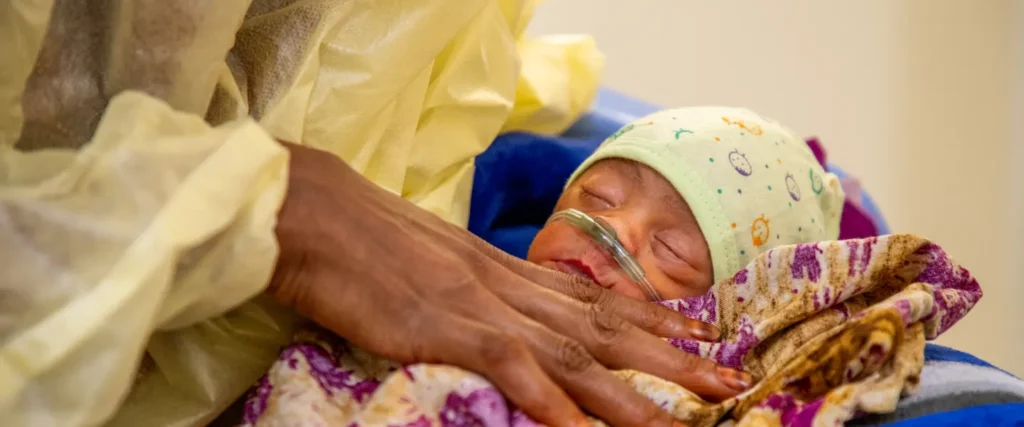Somalia hunger and malnutrition crisis is getting worse, with new figures revealing that 4.4 million people—nearly a quarter of the population—are projected to experience high levels of acute food insecurity by the end of 2025.
Aid organizations warn that unless urgent international support is mobilized, the situation could spiral into one of the country’s worst humanitarian disasters in recent years.
What Deepens Somalia Hunger and Malnutrition Crisis?
According to the Integrated Food Security Phase Classification (IPC) report, Somalia has seen a 30% increase in hunger levels compared to last year, with the southern regions bearing the brunt of the crisis.
The report indicates that more than 921,000 people are facing emergency food insecurity (IPC Phase 4), the second-highest alert level.
At this stage, immediate life-saving assistance is required to prevent famine-like conditions.
Impacts of Somalia Hunger and Malnutrition Crisis on Children
One of the most alarming findings is the impact on children.
Nearly 1.85 million Somali children under five—representing almost half of the country’s under-five population—could face acute malnutrition by July 2026.
This marks a 9% increase from earlier forecasts, signaling an escalating emergency that risks overwhelming already stretched health and nutrition services.
Read also: US Shouldn’t Guard Kenya and Somalia: Trump’s New Statement that Concerns East Africa in 2025
Multiple Crises Driving Hunger
Somalia’s hunger crisis is not the result of a single factor but a convergence of shocks.
Flash floods and below-average rainfall have disrupted farming and destroyed crops, while high food prices have made basic meals unaffordable for millions of households.
The situation is further compounded by ongoing conflict and displacement, which prevent families from accessing markets, farmland, or stable incomes.
The climate crisis has been a central driver, as Somalia continues to experience erratic weather patterns including alternating droughts and floods.
These environmental shocks have eroded the resilience of families who are already struggling to recover from years of instability.
Impact of Funding Cuts
Adding to these challenges are global aid cuts, which are limiting the ability of humanitarian organizations to deliver essential services.
Save the Children reports that over a quarter of the health and nutrition facilities it supports have closed since June 2025 due to funding shortfalls, leaving more than 55,000 children without access to life-saving nutrition services.
This gap in services is having severe consequences. Limited vaccination coverage has contributed to the spread of diseases, including a current diphtheria outbreak, which is particularly dangerous for children already weakened by malnutrition.
Grave Crisis
Binyam Gebru, Save the Children’s Acting Country Director for Somalia, emphasized the gravity of the crisis:
“Somalia is embroiled in a protracted crisis, which is slowly grinding down the resilience of families and the wellbeing of children.
Hunger—already at dire levels—is on the rise due to climate shocks, but the situation is even worse this year because of massive funding cuts.
Not providing the funds that can help prevent extreme hunger is a political choice and one that needs to be reversed before it is too late for millions of children.”
Call for Urgent International Action
Humanitarian agencies are appealing for immediate action to prevent further deterioration.
Save the Children is calling on donors and the international community to restore and expand funding for nutrition, health, and water services.
Without these interventions, the lives of hundreds of thousands of Somali children are at imminent risk.
3.2 Million People Reached in 1 Year by Save the Children
Save the Children has a long history of supporting vulnerable communities in Somalia.
Since 1951, the organization has been delivering life-saving health, nutrition, education, and child protection programs.
In 2024 alone, it reached 3.2 million people, including 1.9 million children across 17 regions.
As Somalia confronts overlapping crises of climate change, conflict, and underfunding, the international response will determine whether the country can avert mass hunger and protect its most vulnerable citizens—its children.
Source: Save the Children


